Bhallataka benefits, dosage, side effects, and how to use it?
What is Bhallataka? Bhallataka, also known as Marking Nut or Semecarpus anacardium, holds a significant place in Ayurveda, intertwining both its …
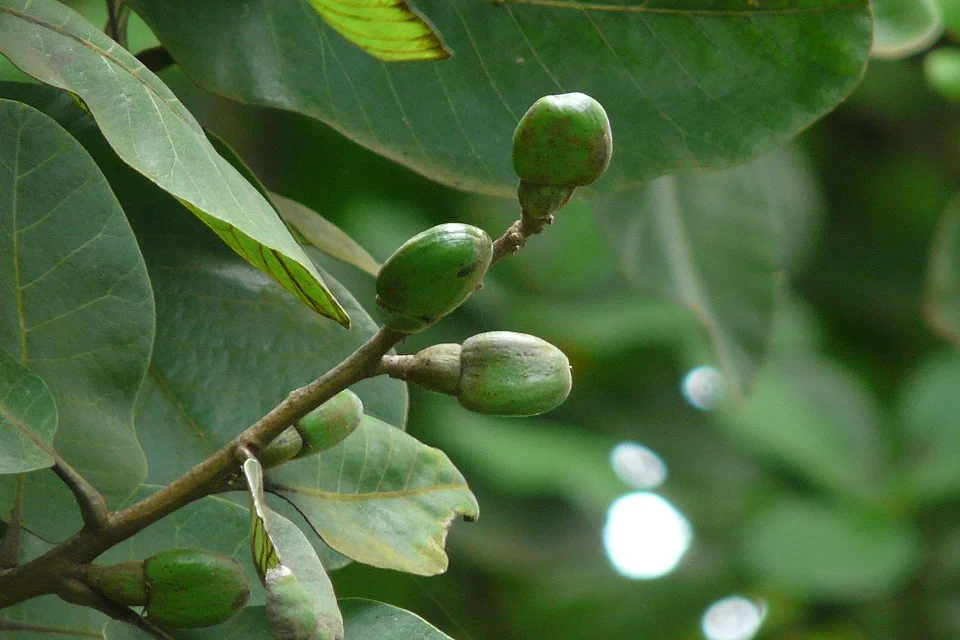
What is Bhallataka?
Bhallataka, also known as Marking Nut or Semecarpus anacardium, holds a significant place in Ayurveda, intertwining both its therapeutic benefits and potential side effects. Originating from the Indian subcontinent, this Ayurvedic herb has been employed for various medicinal purposes. Its applications range from treating joint ailments to respiratory issues. Proponents laud its effectiveness, attributing anti-inflammatory and analgesic properties to it. However, caution is advised, as Bhallataka’s potency is matched by potential side effects, including skin irritation and gastrointestinal discomfort. This article explores the multifaceted nature of Bhallataka, shedding light on its uses and urging a balanced consideration of its benefits and drawbacks in Ayurvedic practices.
Bhallataka in Ayurveda
Earliest references about Bhallataka are found in the Panini sūtra (Pa.Un. Bho.2/2/42). Charaka emphasized the Rasayana property of Bhallātaka and described 10 types of preparations with it. He considered Bhallataka as the best drug to cure the diseases related to kapha. Sushruta mentioned it as the drug of choice in the management of Arshas alongwith Kutaja. Vägbhața quoted Bhallataka as the best drug of shuşhka Arshas (non-bleeding piles). Several Rasayana Yogas are described with Bhallataka in the Brhat Trayī texts. Sushruta identified its flowers, fruit and juice as the causative factors of “Agantuka Sotha” (inflammation). Bhallataka Asthi shall be considered for Dīpanīya purpose, while Bhallataka Phala majja (kernel) as Rasayana.
What is Morphology of Semecarpus anacardium?
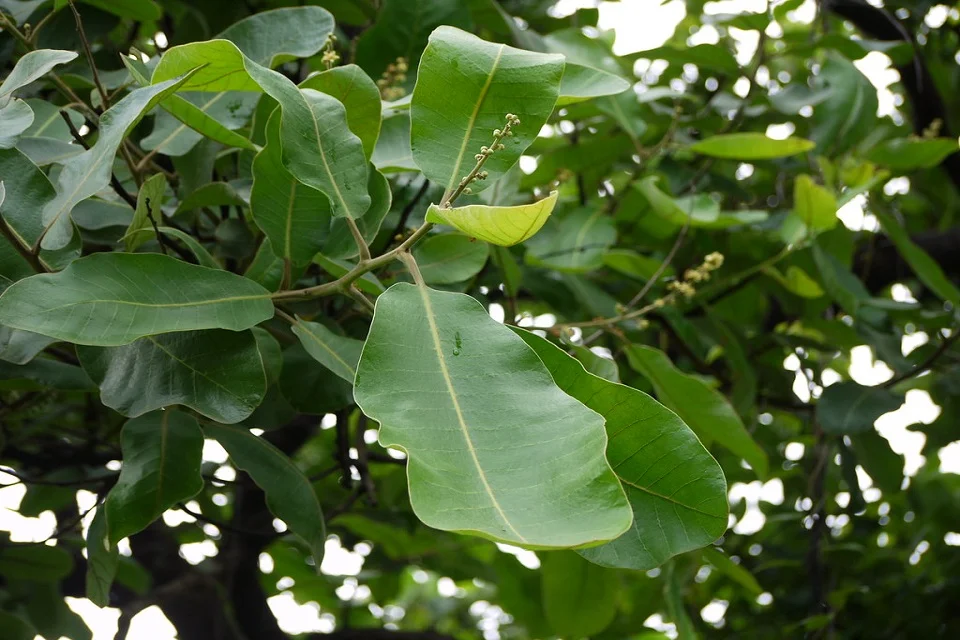
Latin name– Semecarpus anacardium Linn. (Fam. Anacardiaceae)
Semecarpus_anacardium, The moderate-sized deciduous tree known as Bhallataka exudes a dark juice. Its young branches, inflorescence, petioles, and the underside of leaves are pubescent. The leaves are oblong-obovate, rounded at the apex, cartilaginous at the margin, and very coriaceous. The flowers are arranged in erect, compound, terminal panicles, displaying a greenish-yellow color. Bhallataka’s fruits are drupes, obliquely oval or oblong, smooth, shining, and purplish-black when ripe, with an orange-red cup. Flowering occurs throughout the year, predominantly in May-June, while the fruits ripen from November to February.
Type of Bhallataka
Nighanțu texts described Käjutaka or Vitta Āruşkara which is identified with Anacardium occidentale Linn. (Cashew Nut). In Nighantu Ratnakara another plant ‘Nadi Bhallätaka’ is mentioned.
- Käjutaka is used as tonic and indicated for lucoderma, haemorrhoids, Grahanī etc.
- Nadi Bhallātaka is known with synonyms like Vrşāņka, Gojanaka and is sita vīrya.
Synonyms
Arushkara, Bhallata, Agni, Shophkrt, Agnimukha, Virvriksha
Classical Categorization in Samhita
- Charak:Dipaniya, Bhedaniya, Kusthaghna, Mutrasangrahana
- Sushruta:Nyagrodhadi, Mustadi
- Vaghbhatta: Nyagrodhadi, Mustadi
Other/Regional Language Names
- English:Marking Nut
- Gujarati:Bhilamo
- Hindi:Bhilawa
- Kannada:Bhallataka
- Malayalam:Chera
- Marathi:Bibba
- Oriya:Bhollataki, Bholai
- Punjabi:Bhilawa
- Tamil:Tatamkottai, Scramkotati
- Telugu: Nallajidi, Nallajidiginga
- Urdu: Baladur, Bhilavan
- Assamese: Bhelaguti
- Bengali:Bhela
Constituents of Marking nut
A Tarry Oil containing Anacardic Acid, Non-Volatile Alcohol (Cardol), Semicarpanol, Bhilawanol
Nuts- bioflavanoids A, B & C, tetrahydrobustaflavone, tetrahydromentoflavone, nallaflavone etc.
Nutshell- anacardic acid, bhilawanols, galluflavanone, jeediflavanone etc.
Kernel oil- linoleic, myristic, oleic, palmitic & stearic acids.
Fruits- Nicotinic acid, riboflavine, thiamine and essential amino acids.
Leaves- Amentoflavone
Rasa Panchak
- Rasa:Madhura, Tikta, Katu, Kashaya
- Guna:Laghu, Tikshna, Snigdha
- Virya:Ushna
- Vipaka:Madhura
- Karma: Vata-Kapha hara, Dipana, Pachana, Chedi, Bhedi, Medhya, Shukrala
References of in Ayurvedic texts
Madanpal Ni. 280-281,153
Raj Ni. 66-69
भल्लातः कटुतिक्तोष्णो मधुरः कृमिनाशनः ।
गुल्मार्शोग्रहणीकुष्ठान् हन्ति वातकफामयान् ।।
(ध० नि० चन्दनादिवर्ग 129)
भल्लातकफलं पक्वं स्वादुपाकरसं गुरु ।
विष्टंभि बृंहणं रूक्षं हिमं वातबलासकृत् ।।
शुक्रलं दुर्जरं बल्यं रक्तपित्तविनाशनम् ।
(कै० दे० नि० ओषधिवर्ग 497)
भल्लातकं त्रिषु प्रोक्तमरुष्को ऽरुष्करोऽग्निकः ।
तथैवाग्निमुखी भल्ली वीरवृक्षश्च शोफकृत् ।।
भल्लातकफलं पक्वं स्वादुपाकरसं लघु ।
कषायं पाचनं स्निग्धं तीक्ष्णोष्णं छेदिभेदनम् ।।
मेध्यं वह्निकरं हन्ति कफवातव्रणोदरम् ।
कुष्ठार्शोग्रहणीगुल्म शोफानाह ज्वर क्रिमीन् ।
तन्मज्जा मधुरा वृष्या बृंहणी वातपित्तहा ।
वृन्तमारुष्करं स्वादु पित्तघ्नं केश्यमग्निकृत् ।।
(भा.प्र.नि. हरितक्यादिवर्ग २२७-२३०)
What are Benefits of Bhallataka?
- Anaha-Vibandha
- Grahani
- Gulma
- Arsha
- Krimi
- Kushtha
- Shvithra
- Kapha-Vikara
- Vatavyadhi
What is use of Bhallataka in texts?
- Kustha&Arsha- Bhallataka is given along with Tila(V.M.)
- Romashatan(Hair removal)- Bhallataka taila and Snuhi kshira are applied locally.(S.B.M.)
- Snayuka- One black nut is pounded and taken with double quantity of jaggery. (S.B.M.)
- Urustambha- Bhallataka, Pippali &Pippalimula aremade into paste and administered with Honey. (Ra.Ma.)
How much is Dose of Bhallataka as described in ancient texts?
1.2 g of the drug in Ksirapaka form.
Paste of see kernel 3-6 gm
Oil 10-20 drops
What are the Useful Part?
Phala(Fruit), Tvacha(Bark)
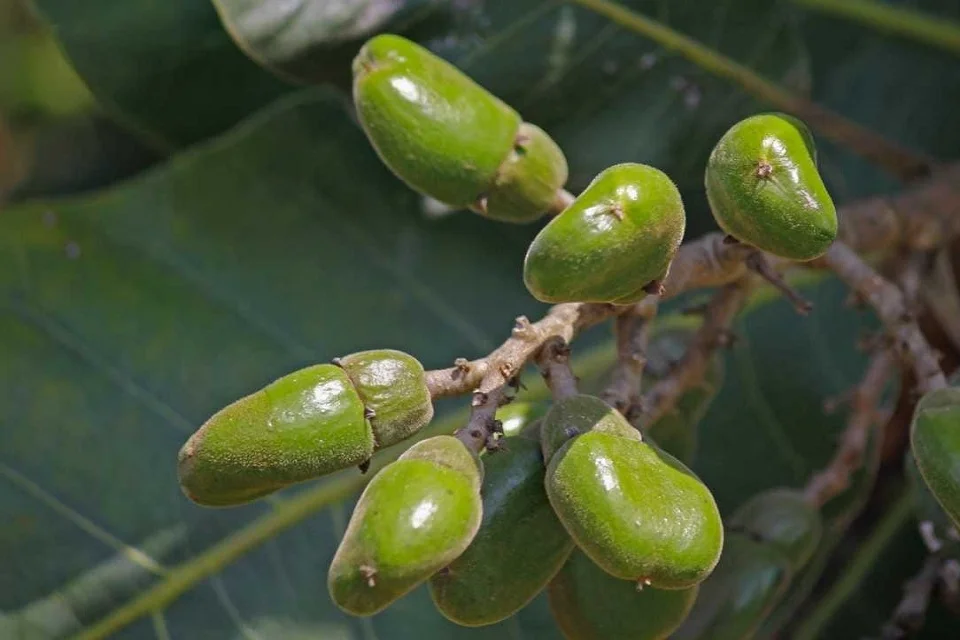
What are the side effects of Bhallataka?
- The dark juice exuded by Bhallataka contains a substance called bhilawanols, which can be toxic to the skin, causing irritation and allergic reactions in some individuals.
- Ingesting Bhallataka in excessive amounts may lead to gastrointestinal disturbances, including nausea and vomiting. Furthermore, the purgative nature of Bhallataka can cause diarrhea.
- Side effects are of taking the drug in high doses, under the guidance of qualified vaidya, or in appropriate doses it is safe to consume.
Precaustion while consuming formulation of Bhallataka
- Pathya -Person should consume milk & rice and ghee in large quantity.
- Varjya–
Walking in sun, excess sexual intercourse, meat consumption, salt, execise and oil massage.
- Contraindication of Bhallataka formulations–
Pitta disease, hemorrhagic tendency, pregnancy, child, old age, diarrhea, nephritis & summer season.
List of formulations
- Bhallataka Rasayan
- Amrit Bhallataka
- Sanjivani Vati
- Bhallatak vati
- Chincha bhallataka
- Bhallatak tailam
Shodhan process
Bhallatakas are to be preserved in brick powder for 7-12 days for purification purpose.
Research
- Amrita Bhallataka Rasayan
- Plant extract showed direct depressant effect on isolated frog heart and rabbit intestine and antagonised spasmogenic ef- fects of carbachol, histamine, barium chloride and pitocin. Trypan blue capillary permeability test was found to be positive. It pro- duced delayed hypotension in dogs which remained unaltered after prior atropinisation (IJMR, 1967).
- Chloroform extract of nuts significantly increased life- span in ascites tumor systems (L-1210, P-388, advanced P-388 and sublines of P-388 resistant to adriamycin or vincristine) and solid tumor systems (B-16 melanoma and Glioma-26) (Ind. J. Exp. Biol., 1980).
- A resinous material from methanol extract and an orange coloured oil from PE extract of the nuts have been found to possess antitumour properties against P-388 lymphocytic leukaemia in mice (Chitnis et al; 1980 & Indap et al; 1983).
- A cytotoxic effect of the acetylated oil of the plant has also been reported (Pathak et al; 1983).
Conclusion
In conclusion, Bhallataka emerges as a botanical marvel in Ayurveda, blending aesthetic appeal with profound medicinal efficacy. Explored through its deciduous grandeur, unique exudation, and distinctive morphology, Bhallataka unveils its therapeutic potential. This article navigates the intricate details of this revered tree, emphasizing its year-round flowering and the ripening of purplish-black fruits. As Ayurveda continues to weave traditional wisdom with modern science, Bhallataka’s prominence stands as a testament to the timeless relevance of herbal remedies. As we celebrate the diverse facets of this herbal gem, It beckons us to explore nature’s pharmacy and embrace the holistic principles of Ayurvedic healing.

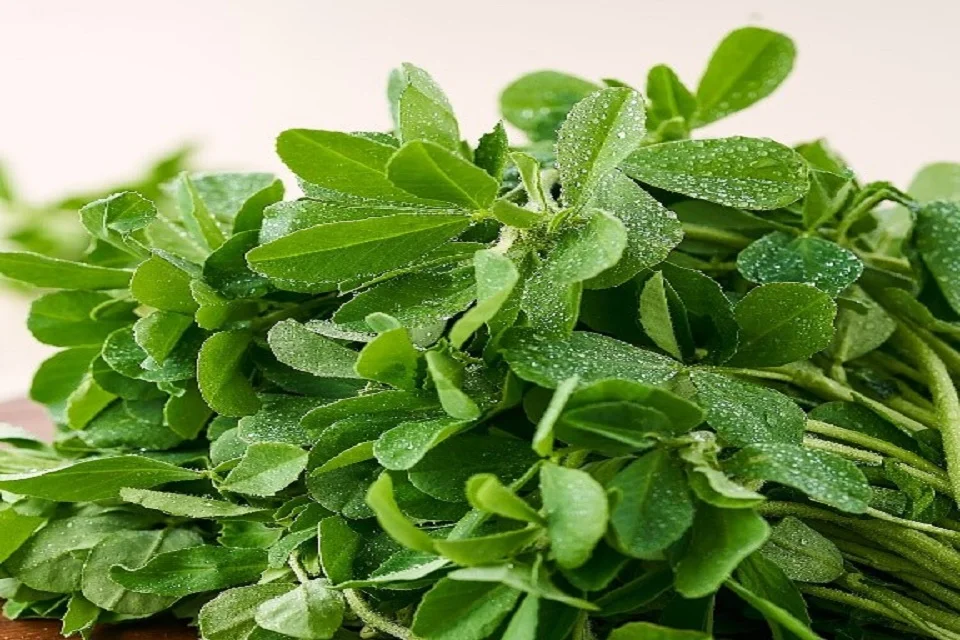




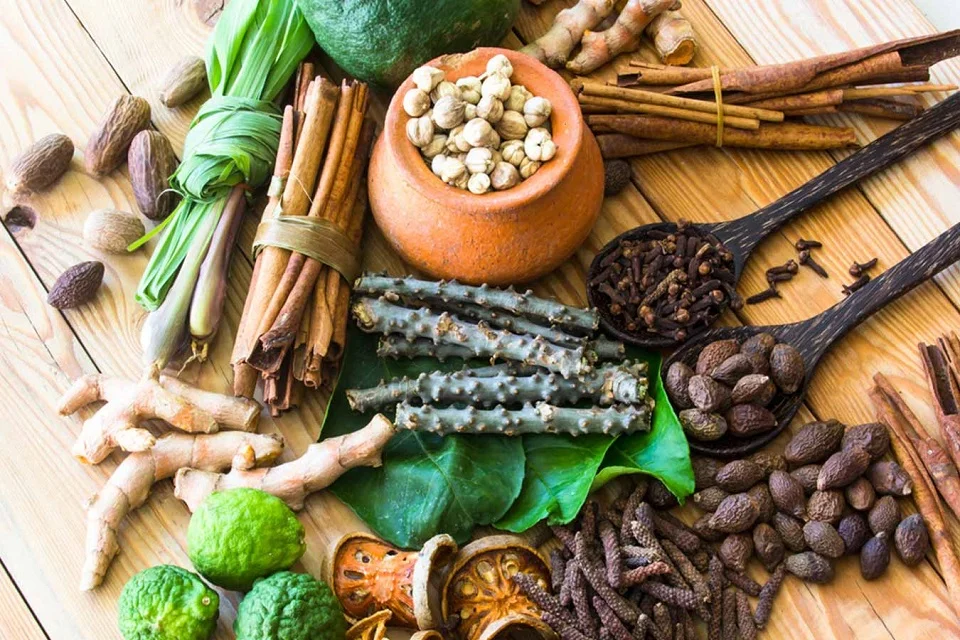

Got Something To Say